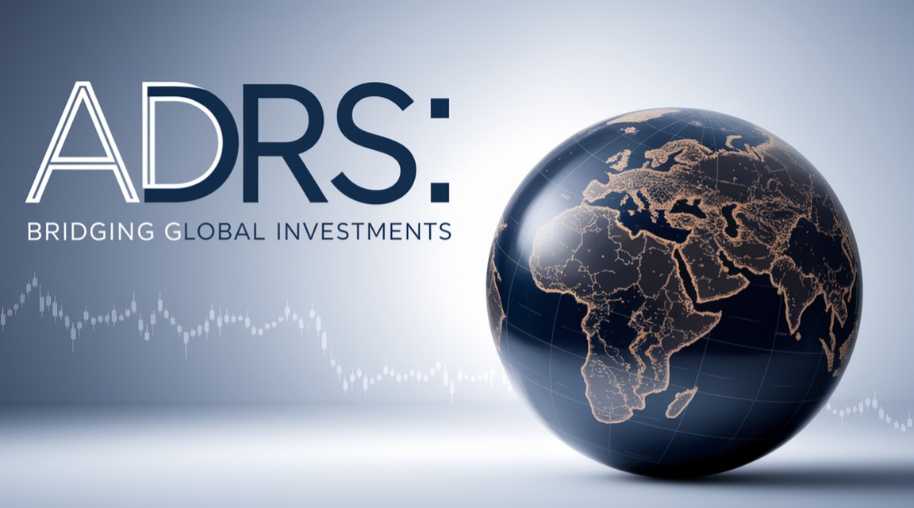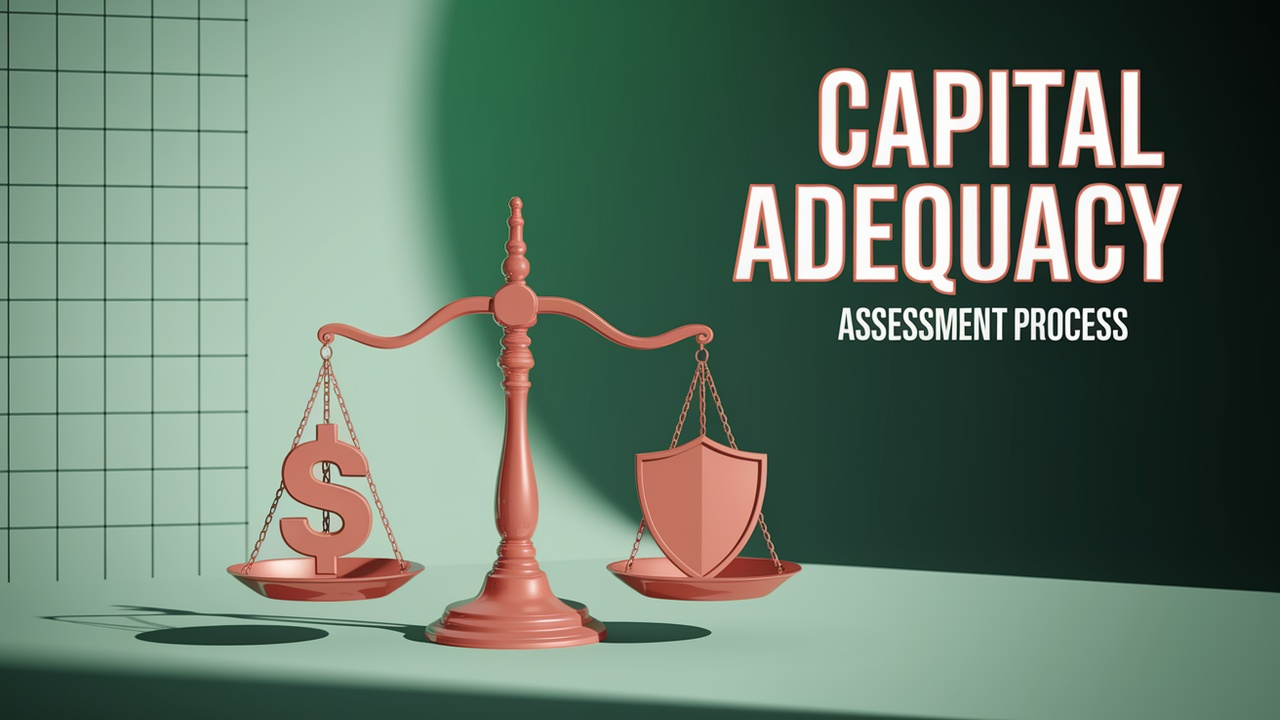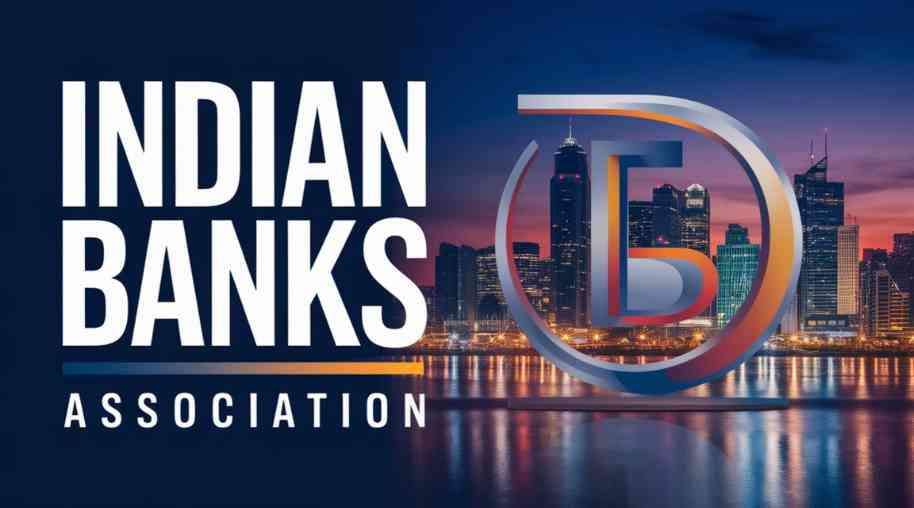ADR Full Form - American Depository Receipt
by Shashi Gaherwar
0 2003
American Depository Receipt (ADR)
Introduction
In today’s interconnected financial world, global investing has become more accessible than ever before. For international companies, accessing U.S. capital markets offers the opportunity to raise funds, increase visibility, and attract new investors. One of the key financial instruments that make this possible is the American Depository Receipt (ADR). This article explores the ADR, its functionality, benefits, and how it has revolutionized cross-border investing, making it easier for foreign companies to trade on U.S. stock exchanges.

What is an American Depository Receipt (ADR)?
An American Depository Receipt (ADR) is a negotiable certificate that represents shares in a foreign company traded on U.S. financial markets. Essentially, an ADR is a way for foreign companies to list their shares on U.S. exchanges without the need to go through the complex process of directly listing their shares on the New York Stock Exchange (NYSE) or the NASDAQ.
ADRs are issued by a U.S. depositary bank, and each ADR corresponds to a specific number of shares in the foreign company. These receipts trade on U.S. exchanges like domestic stocks and can be easily bought or sold by U.S. investors.
They offer a practical solution for foreign companies that want to tap into U.S. capital markets without navigating full regulatory compliance of direct listings.
Types of ADRs
- Level 1 ADRs: These trade over-the-counter (OTC) and have the least regulatory requirements. They provide exposure to U.S. investors with minimal effort but lack liquidity and visibility compared to higher levels.
- Level 2 ADRs: Listed on major U.S. exchanges like NYSE or NASDAQ. Companies must comply with U.S. GAAP or IFRS. These offer greater liquidity and market exposure.
- Level 3 ADRs: Fully registered with the SEC and meet stringent U.S. regulations. These provide the highest access to capital markets and investor trust.
Global Depository Receipts (GDRs)
Global Depository Receipts (GDRs) are similar to ADRs but are listed in multiple markets, including Europe. They are often used by large multinational corporations seeking global capital access.
How ADRs Work
When an investor purchases an ADR, they are effectively buying a certificate representing foreign shares. Here’s a simplified breakdown:
- Issuance of ADRs: A foreign company partners with a U.S. depositary bank, which buys and holds its shares. In exchange, ADRs are issued in the U.S. market.
- Trading on U.S. Exchanges: ADRs are traded just like U.S. stocks on NYSE/NASDAQ or OTC (for Level 1).
- Dividend Payments and Currency Conversion: Dividends declared in the foreign company’s currency are converted into U.S. dollars by the depositary bank and paid to ADR holders.
- Reporting and Compliance: Level 2 and 3 ADRs require companies to file reports and financials according to U.S. standards like GAAP.
Benefits of ADRs for Investors
- Access to Foreign Markets: U.S. investors can invest in foreign companies without international brokerage accounts.
- Simplified Currency Exchange: ADRs are priced in U.S. dollars, eliminating exchange risks for investors.
- Dividend Payments in U.S. Dollars: Investors receive income in dollars, simplifying financial planning.
- Regulatory Oversight and Transparency: Level 2 and 3 ADRs provide strong investor protection due to SEC compliance.
- Diversification: ADRs help investors diversify their portfolio with exposure to international markets.
Benefits of ADRs for Foreign Companies
- Access to U.S. Capital Markets: ADRs provide entry into the largest and most liquid capital markets.
- Lower Costs and Regulatory Burden: Foreign companies can access U.S. investors without full SEC registration through Level 1 ADRs.
- Attracting a Broader Investor Base: ADRs make it easier to attract both institutional and retail investors in the U.S.
Challenges of ADRs
- Costs and Fees: Foreign companies pay administrative and compliance fees to the depositary bank and regulators.
- Currency Risks: Although priced in dollars, the underlying shares are still exposed to foreign exchange fluctuations.
- Complexity for Level 1 ADRs: These can have limited investor interest and liquidity, making them less attractive for large-scale investments.
The American Depository Receipt (ADR) has made international investing more streamlined for both companies and investors. It provides a bridge to the U.S. financial system, enhances portfolio diversity, and simplifies global investing logistics. Despite some associated risks and costs, ADRs continue to serve as a vital tool in global capital markets.
Further Learning Resources
If you’re passionate about building a successful blogging website, check out this helpful guide at Coding Tag – How to Start a Successful Blog. It offers practical steps and expert tips to kickstart your blogging journey!
For dedicated UPSC exam preparation, we highly recommend visiting www.iasmania.com. It offers well-structured resources, current affairs, and subject-wise notes tailored specifically for aspirants. Start your journey today!

Share:








Comments
Waiting for your comments